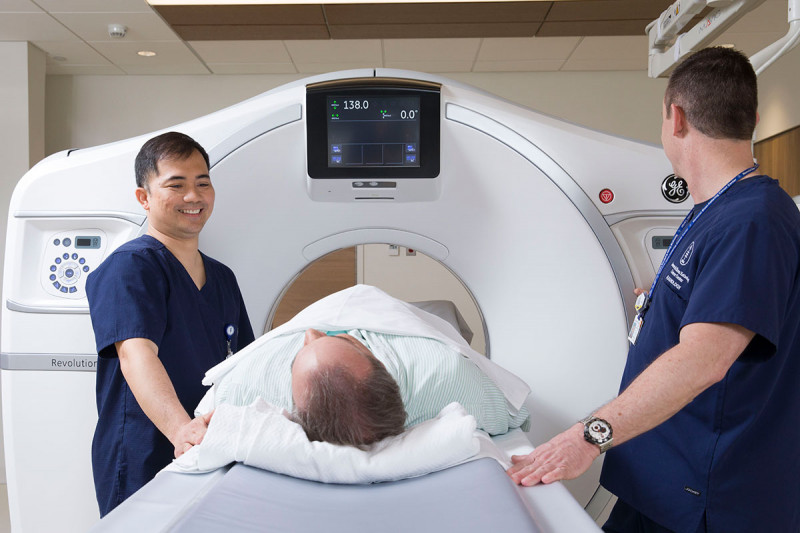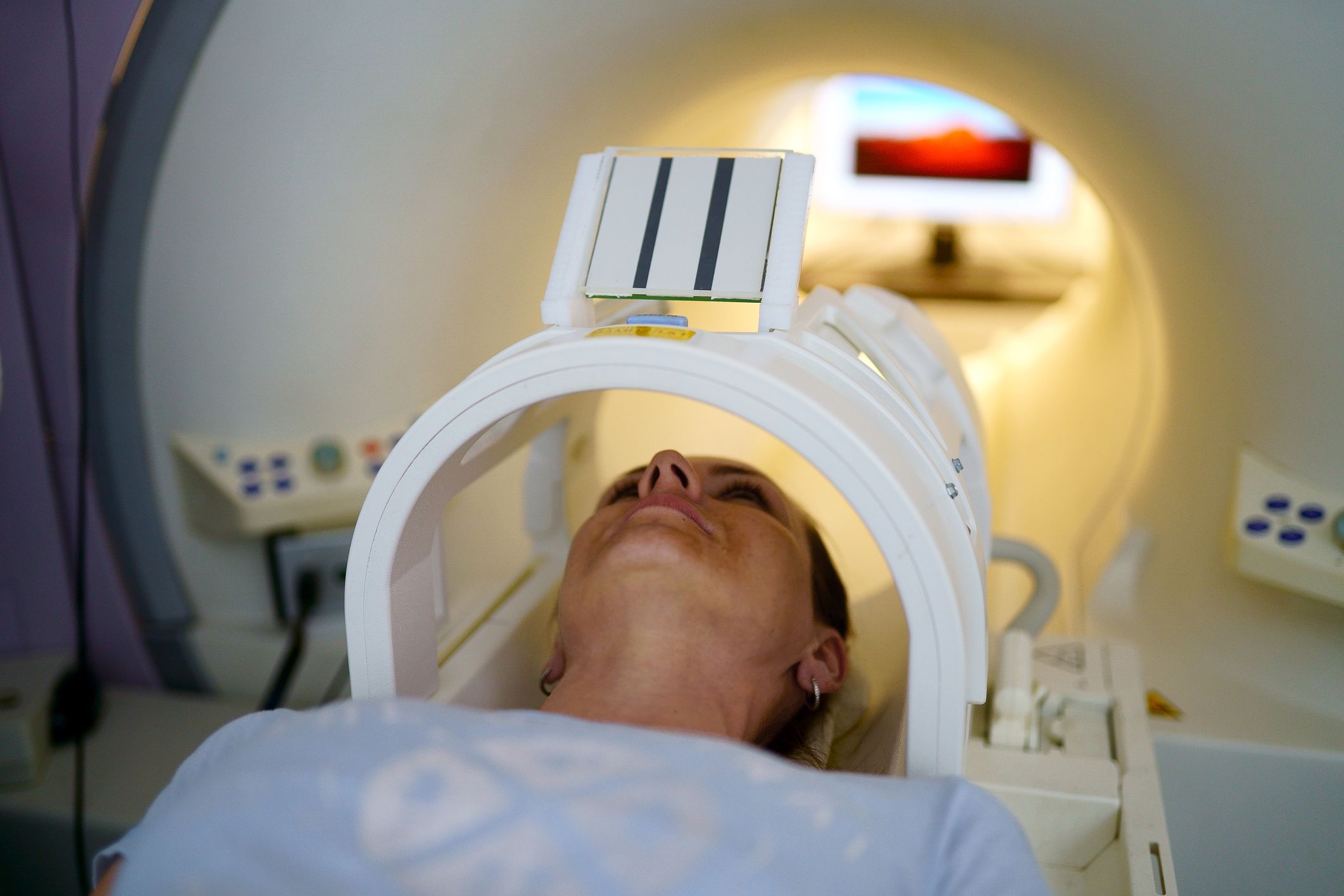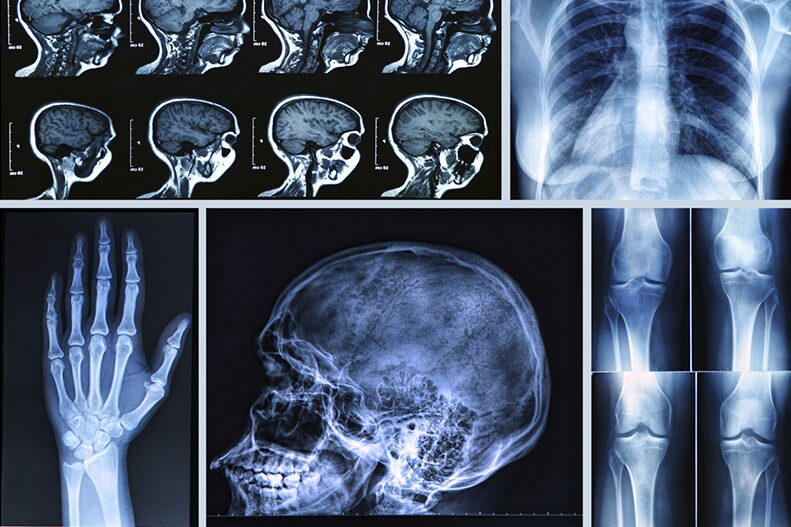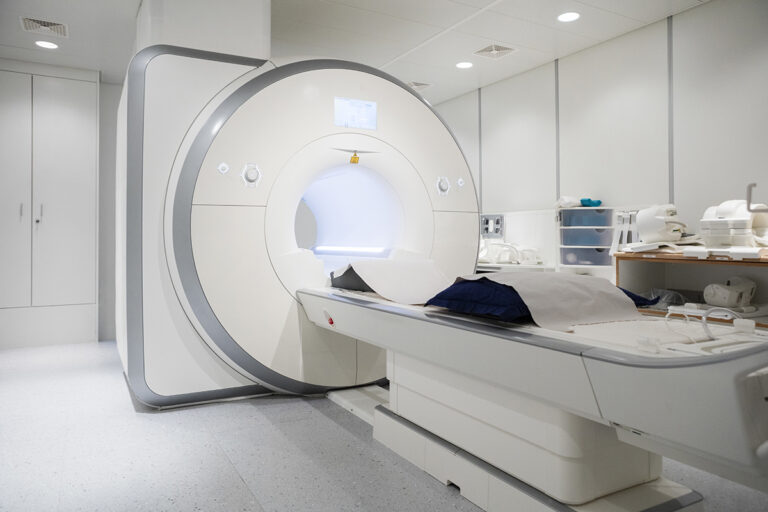“Look from head to toe.” How would you imagine such an examination?
As it turns out, this is not a fantasy, but quite an achievable task for such a method as magnetic resonance imaging. Now it is possible to make such a check-up – to scan your body “from head to toe” in many diagnostic centers.
What can an MRI scan of the whole body show? We asked a radiologist to answer this and other questions.
– Let’s first remind our readers what the MRI method is and what principle it is based on?

Magnetic resonance imaging is a high-tech diagnostic method based on the magnetic resonance method. What is it essentially? Every cell in the body has hydrogen atoms in it. When the body is placed in a magnetic field, the nuclei of these atoms vibrate, generating signals with certain characteristics. These signals are converted by the machine and the MRI software into the images that the doctor sees. Since the number of hydrogen atoms in tissues is different, the images of tissues and organs will be visually different accordingly.
– Is it true that it is much more common for patients to come in for an MRI scan of one area of the body? If so, when might a whole body MRI be appropriate?

Statistically, yes, people are more likely to come in for an examination of one area. This can be explained by the fact that often a person comes to us upon referral from an attending physician, who may already have some diagnostic assumptions and they may be related to specific organs and systems.
If a person’s complaints are rather “fuzzy” and he cannot say exactly what and where he is suffering from pain, then in such cases a full-body MRI can help bring clarity.
In addition, such an extended examination may be useful for systemic diseases (e.g., Bechterew’s disease), when several anatomical areas are affected, or when looking for tumor metastases, when it is unknown exactly which organs they are in.
In addition to medical indications, a complete MRI scan can be used as a preventive examination to detect diseases in their early, often asymptomatic, stages. The advantage of the method is that it allows you to look at all internal organs and systems in one diagnostic examination. These examinations are performed at various centers, such as Sand Lake Imaging, MriCfl, and Radiology Assist.
– And what specific areas are examined in a whole-body MRI scan?
These are the brain with its arteries, all parts of the spine (cervical, thoracic, lumbar and sacroiliac spine), the soft tissues of the neck, the abdominal, retroperitoneal and pelvic organs.
-Magnetic resonance imaging has no radiation exposure and is safe for the body. Is a whole-body MRI an exception? Or are there any differences in this respect from examining one area?
No, there are no differences in terms of safety. There is no radiation load on the patient’s body when he or she undergoes such a check-up.
– Could you please tell me how to properly prepare for this examination?

There are no fundamental peculiarities. However, taking into account the fact that a full-body MRI examines the abdominal cavity and the small pelvis, among other things, the recommendations for preparing for the examination, particularly in these areas, are followed.
They are as follows:
- The last meal is 4 hours before the study;
- 2 hours before the study is prescribed no-shpa or drotaverine (the dosage is selected by the doctor);
- A glass of pure non-carbonated water should be drunk 30 minutes before the examination or immediately before it. This can also be done by agreement with the doctor during a “break” if the procedure is done with a break.
– How and how long is the whole-body MRI performed?
It is no different than a single area MRI, i.e., the patient is laid on the table of the machine and the examination is performed.
The procedure itself lasts 1 hour and 45 minutes. However, you should understand that you do not have to lie down all that time without a break, because it is physically quite difficult. In this regard, the procedure can be performed with a break, technically it is quite feasible.
– Are there any special contraindications to full body MRI scans? Or are these only commonly known contraindications to MRI scans in general?

There are few contraindications, to name a few.
Among the absolute ones:
- Artificial pacemaker, pacemaker, neurostimulator;
- Ilizarov apparatus;
- prosthetic heart valves, with the exception of MRI-approved prostheses;
- insulin pumps.
Relative:
- Fear of confined spaces (true claustrophobia; far more common is far-fetched – the person believes he or she has such difficulties);
- First trimester of pregnancy;
- Psychomotor agitation;
- The need for continuous monitoring of vital physiological indicators (e.g. blood pressure, respiratory rate, electrocardiogram) and/or continuous resuscitation measures.
I would especially like to mention the relevance of fear of confined spaces (claustrophobia), since the examination is quite lengthy. If a person has such a problem, it is recommended to consult with his or her attending physician to decide on the possibility of an examination. But in many cases of fear of MRI examinations, we are always ready to help.

